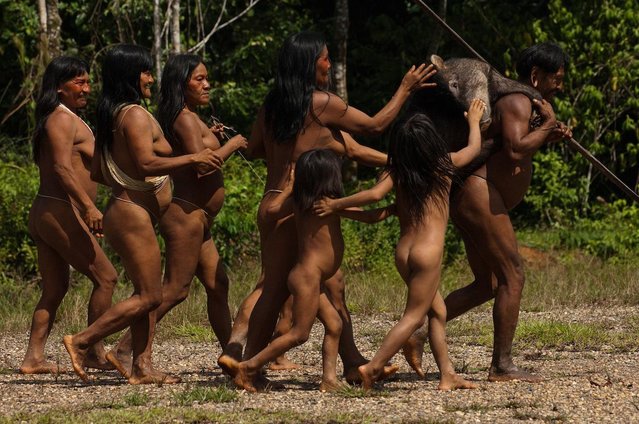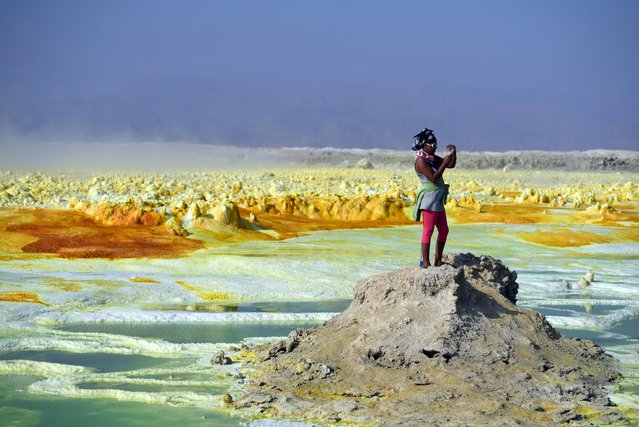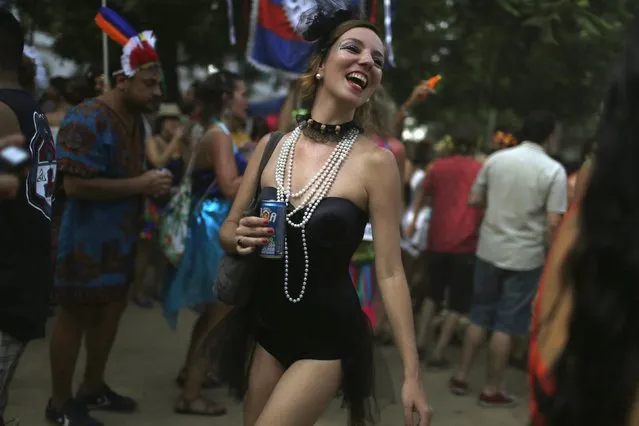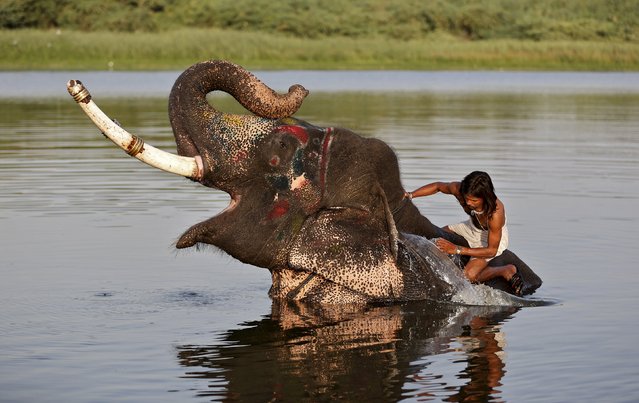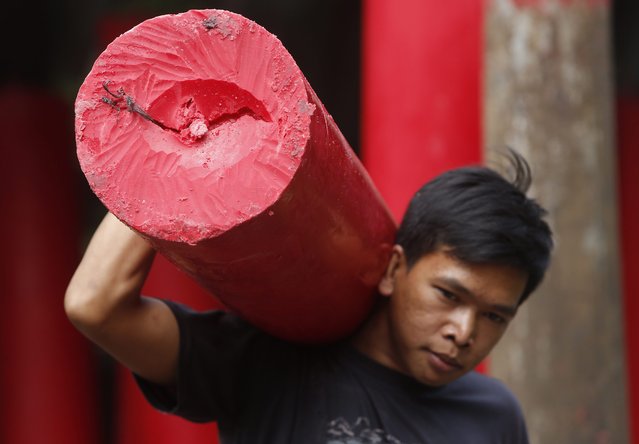
A man prepares his kite to fly during an international kite festival in Alcochete, near Lisbon, Portugal, Sunday, June 28, 2015. Teams from Spain, US, Britain, Italy, France and Portugal performed with their kites during two days on the 13th edition of the event. (Photo by Francisco Seco/AP Photo)
29 Jun 2015 12:49:00,post received
0 comments



